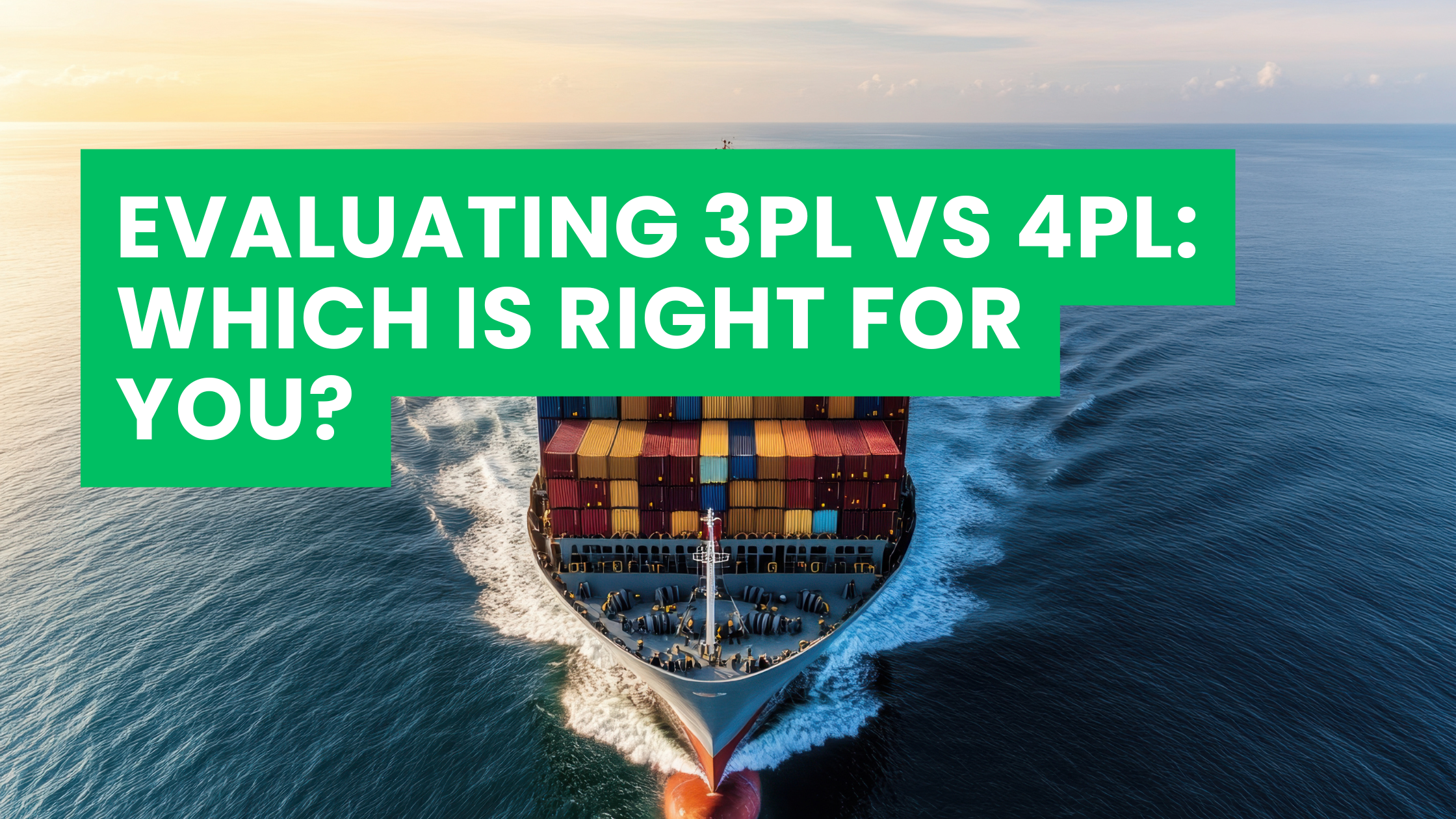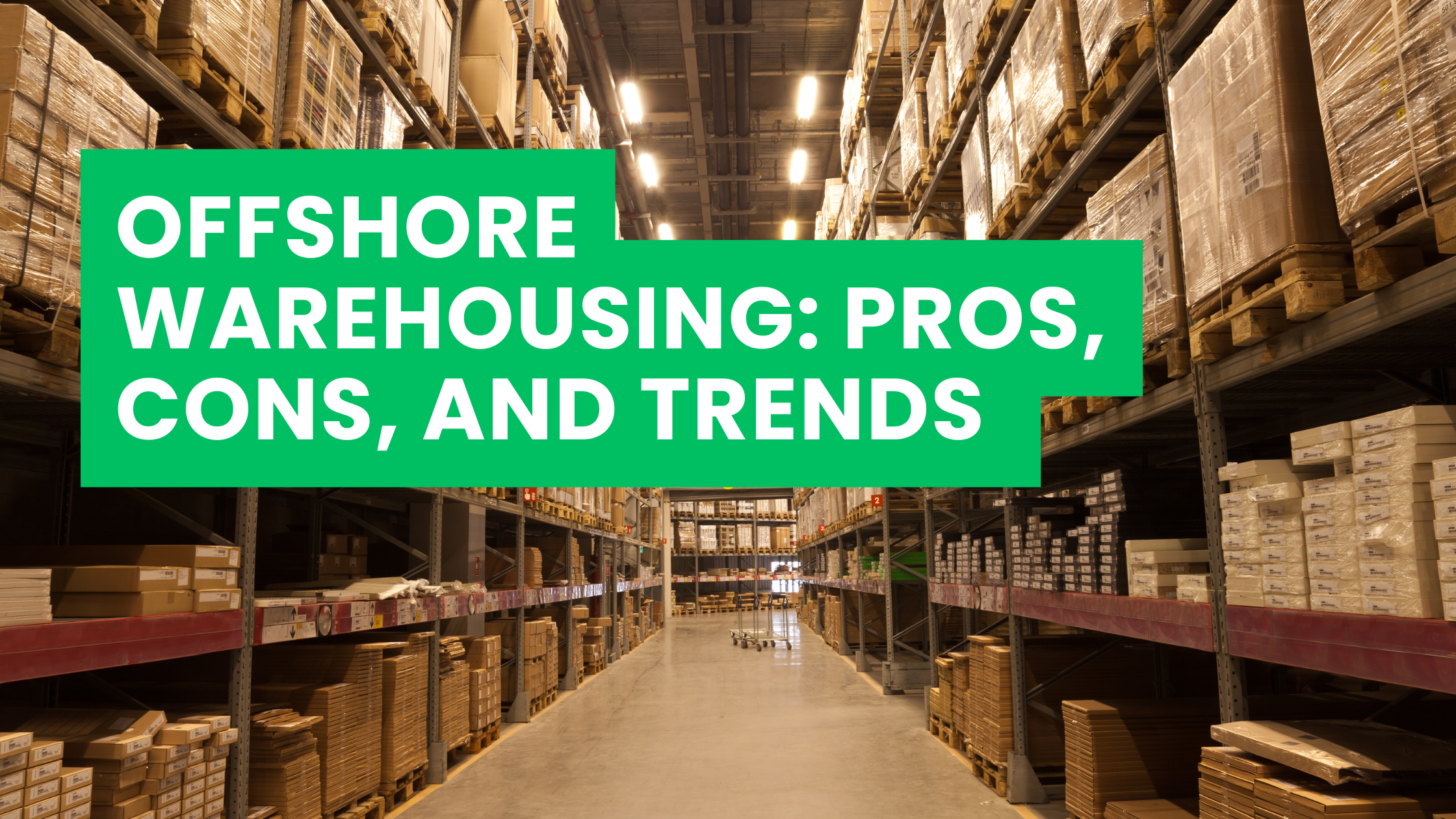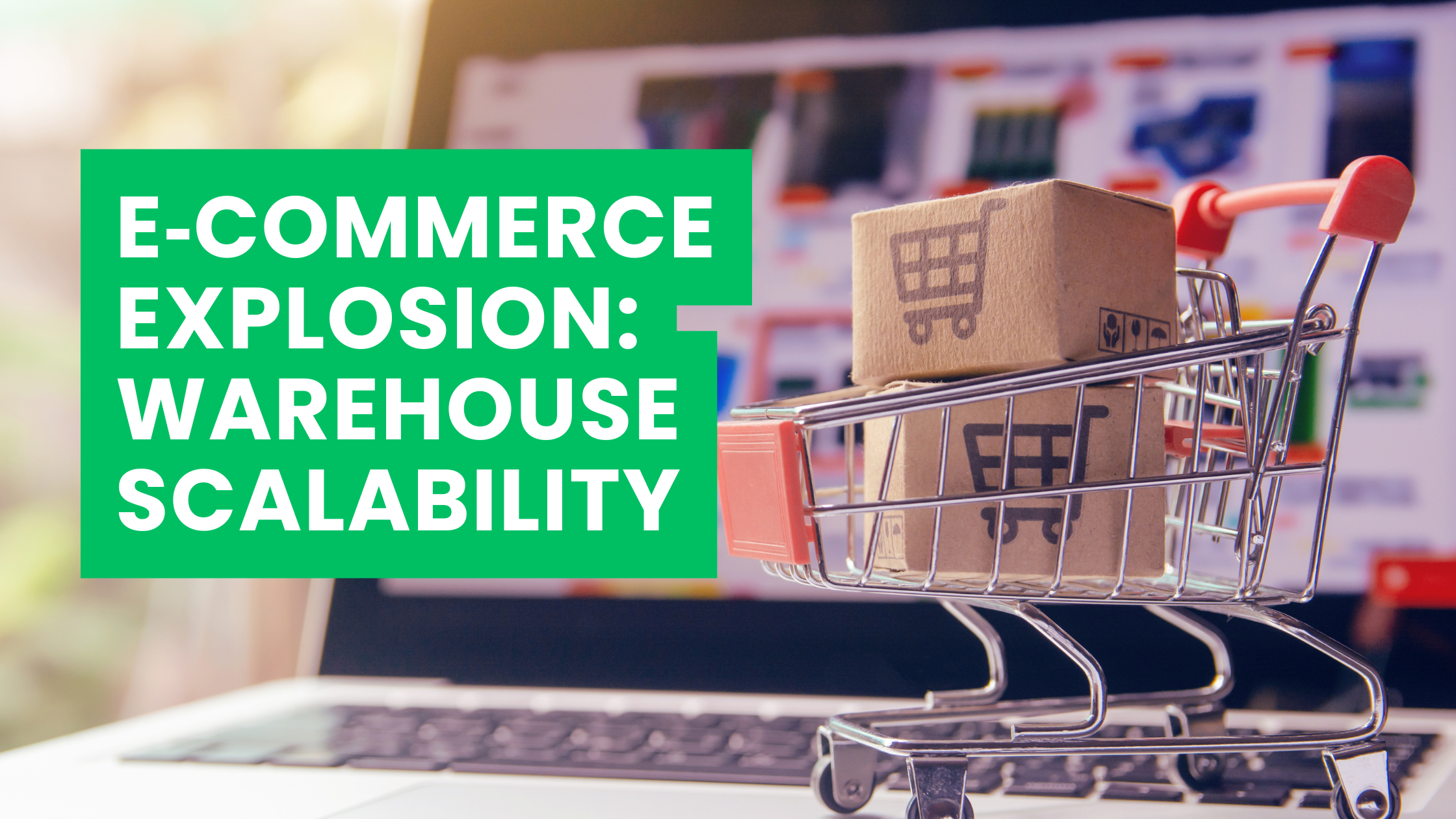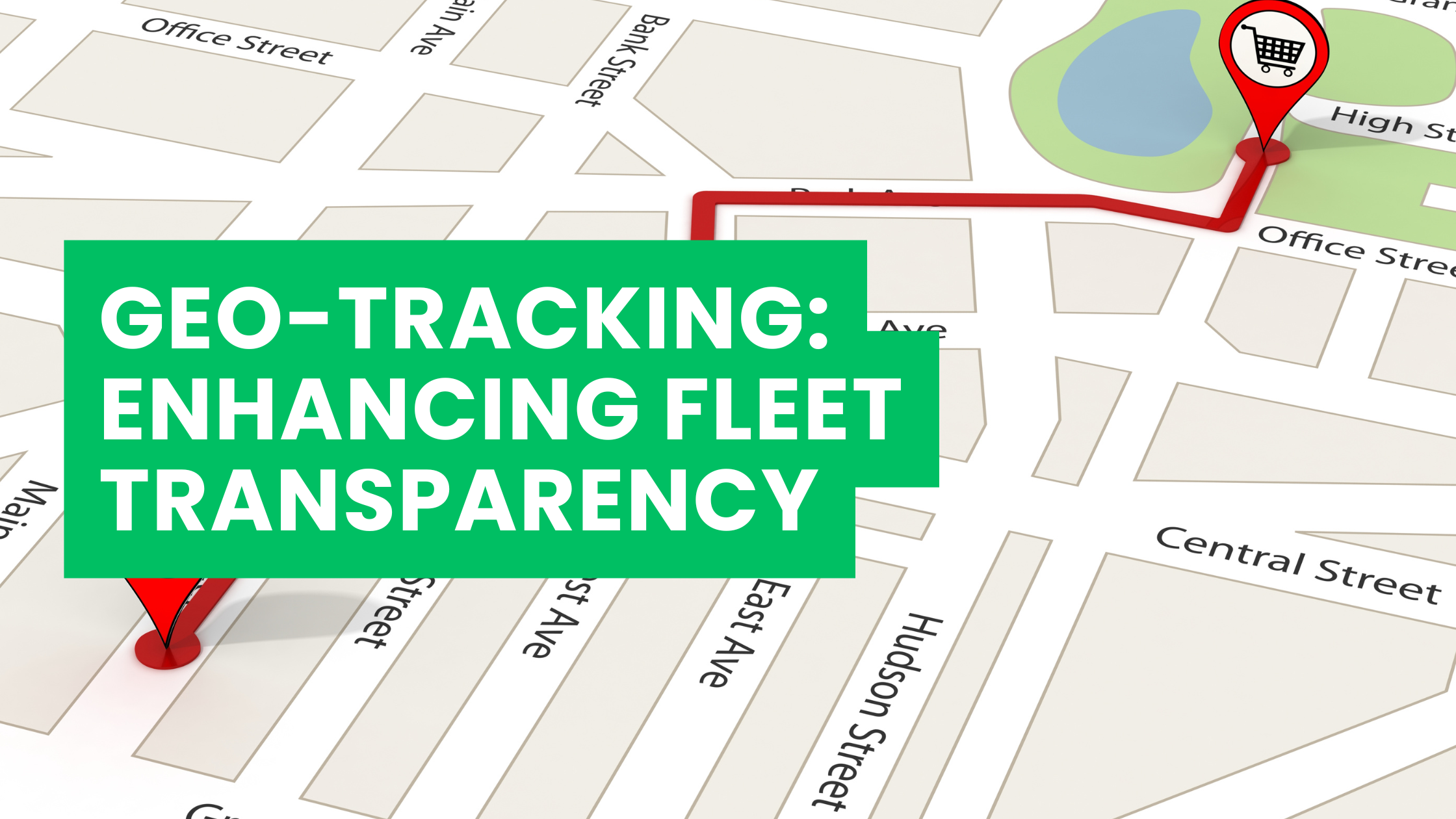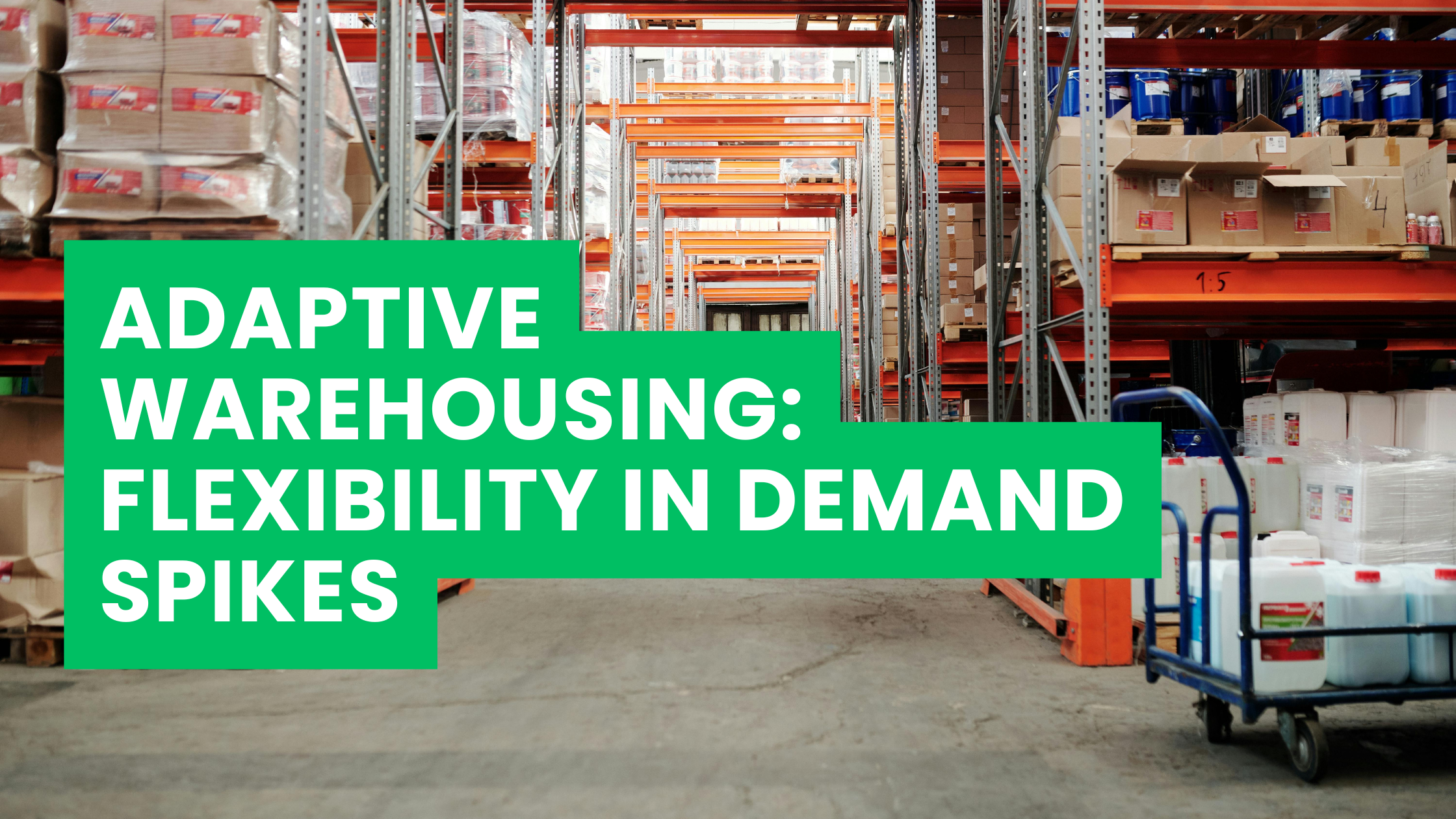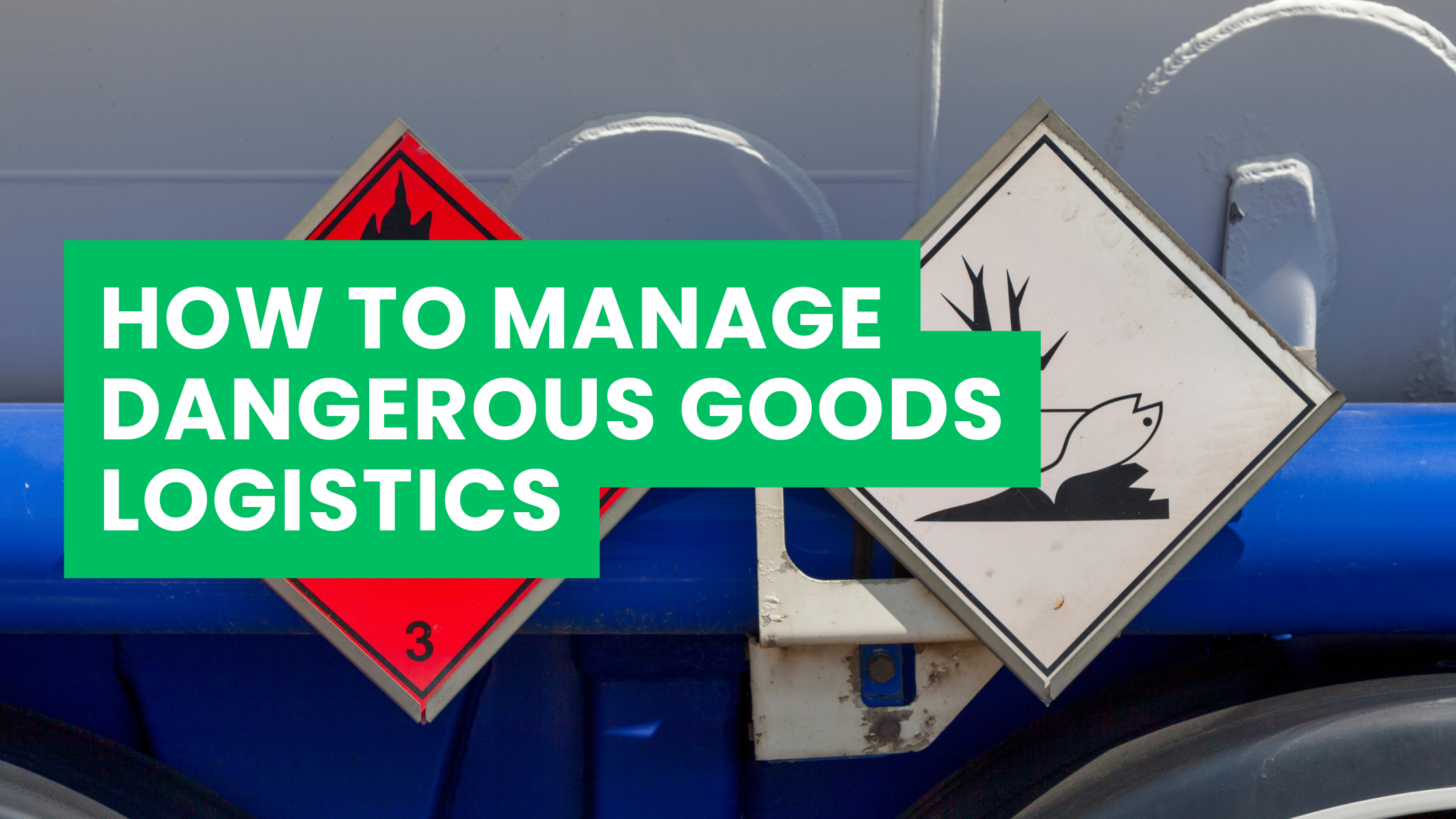Introduction
Maritime shipping routes are the lifelines of global trade, carrying over 80% of the world’s goods by volume. From vital raw materials to advanced manufactured products, the uninterrupted flow of goods across oceans keeps economies thriving. However, these trade arteries face numerous risks — from geopolitical instability to natural disasters and operational hazards.
For companies relying on maritime shipping, risk management isn’t optional; it’s a strategic imperative. Effective risk management in maritime shipping routes helps safeguard cargo, protect supply chain integrity, reduce financial losses, and maintain customer trust.
ASL International, with its expertise in global logistics, understands the challenges and complexities of maritime risk. In this post, we’ll explore the types of risks, how they impact shipping routes, and the proven strategies that companies can implement to mitigate them.
1. Understanding Risks in Maritime Shipping Routes
Risk in maritime shipping is multifaceted, involving physical, operational, financial, and reputational dimensions. Broadly, risks can be categorized as:
1.1 Geopolitical Risks
- Conflict Zones & Piracy: Routes passing through politically unstable regions such as the Gulf of Aden, Strait of Hormuz, or South China Sea face threats from piracy, armed conflict, and territorial disputes.
- Sanctions & Trade Restrictions: International sanctions can limit access to certain ports or restrict the movement of goods, disrupting shipping schedules.
- Blockades & Port Closures: Political tensions can result in port shutdowns or shipping lane blockades, forcing costly route diversions.
1.2 Environmental & Natural Risks
- Severe Weather: Hurricanes, typhoons, and monsoons can delay voyages or cause damage to vessels and cargo.
- Ice Navigation: Arctic routes offer shorter transit times but expose vessels to ice hazards and unpredictable weather.
- Climate Change: Rising sea levels, changing weather patterns, and ocean currents can impact traditional shipping lanes.
1.3 Operational & Technical Risks
- Mechanical Failures: Engine breakdowns or hull damage can strand a vessel mid-voyage.
- Human Error: Navigation mistakes, fatigue, or miscommunication can lead to collisions or grounding.
- Cargo Handling Issues: Improper loading, stowage, or securing can damage goods or destabilize the vessel.
1.4 Regulatory & Compliance Risks
- Changing Maritime Regulations: IMO (International Maritime Organization) rules on emissions, ballast water management, and crew welfare can require costly operational adjustments.
- Customs & Documentation Errors: Non-compliance with import/export requirements can result in fines, seizures, or shipment delays.
1.5 Cybersecurity Risks
- Increasing digitalization of shipping operations makes vessels and port systems vulnerable to cyberattacks — targeting navigation systems, cargo manifests, or billing platforms.
2. High-Risk Maritime Routes in Focus
While all shipping routes carry some risk, certain corridors present higher challenges:
- Strait of Hormuz: A chokepoint for global oil supply, affected by regional tensions.
- Suez Canal: A critical link between Europe and Asia; blockages (like the 2021 Ever Given incident) can halt global trade.
- Strait of Malacca: Busy and narrow, with high piracy activity.
- Gulf of Aden: Piracy hot spot, requiring naval escorts or rerouting.
- Arctic Northern Sea Route: Ice hazards and limited emergency support infrastructure.
3. The Business Impact of Shipping Route Risks
- Cost Escalation: Fuel surcharges from diversions, insurance premium hikes, and emergency repairs add to operational costs.
- Supply Chain Disruption: Delays can affect manufacturing schedules, retail availability, and seasonal product launches.
- Reputational Damage: Missed delivery deadlines erode client trust.
- Regulatory Penalties: Non-compliance can result in fines or restricted port access.
4. Risk Management Strategies for Maritime Shipping
4.1 Route Planning & Diversification
- Use real-time route analysis to identify safer alternatives.
- Avoid over-reliance on a single shipping lane; maintain multiple route options.
- Plan seasonal route changes to avoid cyclone or storm seasons.
4.2 Enhanced Security Measures
- Onboard armed security personnel for high-risk waters.
- Collaborate with naval protection forces for escort through piracy-prone zones.
- Implement vessel tracking and geofencing technology.
4.3 Weather & Environmental Monitoring
- Leverage satellite-based weather forecasting.
- Use AI-powered predictive analytics for storm avoidance.
- Prepare contingency plans for port closures due to extreme weather.
4.4 Regulatory Compliance Management
- Keep updated with IMO regulations, local port laws, and customs requirements.
- Partner with global trade compliance experts to reduce documentation errors.
- Use digital compliance platforms for accurate and timely submissions.
4.5 Crew Training & Safety Culture
- Regular navigation simulation training.
- Fatigue management systems for long voyages.
- Emergency response drills for piracy, fire, and medical emergencies.
4.6 Technology & Cybersecurity
- Deploy secure communication channels for ship-to-shore operations.
- Use encrypted navigation and cargo management systems.
- Conduct regular cyber risk assessments and crew awareness training.
4.7 Insurance & Financial Protection
- Comprehensive marine insurance covering cargo, vessel, and third-party liability.
- War risk and piracy coverage for high-risk regions.
- Business interruption insurance to protect against severe delays.
5. Case Study: ASL International’s Proactive Route Risk Management
Scenario: A high-value electronics shipment from East Asia to Europe was scheduled to pass through the Suez Canal. Mid-voyage, an unforeseen blockage occurred.
ASL International’s Action Plan:
- Immediately re-routed the vessel via the Cape of Good Hope to avoid extended delays.
- Coordinated with customs authorities at the destination to pre-clear documentation.
- Informed the client with real-time updates and revised delivery timelines.
- Negotiated temporary warehousing at the port of arrival to meet a critical product launch date.
Outcome: Delivery was delayed by only 4 days instead of the projected 3 weeks, maintaining the client’s market schedule and avoiding financial penalties.
6. The Future of Maritime Risk Management
6.1 AI & Predictive Analytics
AI algorithms will provide predictive alerts on weather, piracy activity, and route congestion.
6.2 Green & Resilient Shipping
Sustainable fuel adoption and eco-compliant ship designs will reduce regulatory risks while aligning with environmental goals.
6.3 Global Collaboration
Greater cooperation between shipping companies, governments, and naval forces will enhance route safety.
Conclusion
Maritime shipping routes are the backbone of global commerce — but they are not without vulnerabilities. Proactive risk management ensures that goods keep flowing despite geopolitical tensions, environmental challenges, and operational hazards.
At ASL International, we specialize in safeguarding your cargo’s journey from port to port, leveraging our expertise in global logistics, compliance, and risk mitigation. Whether it’s navigating through high-risk waters or managing unexpected disruptions, our team ensures that your supply chain stays resilient.

